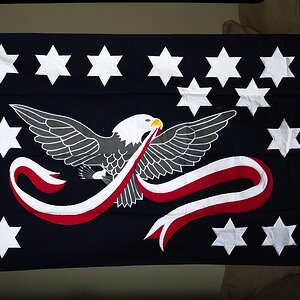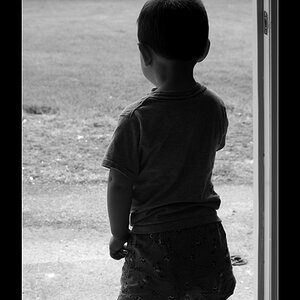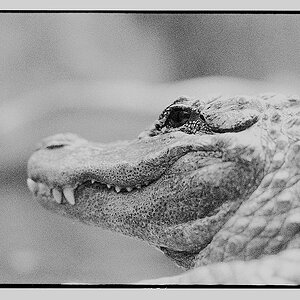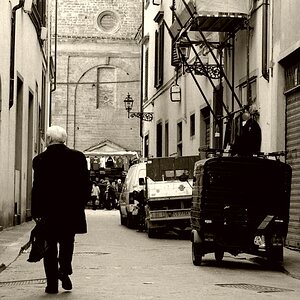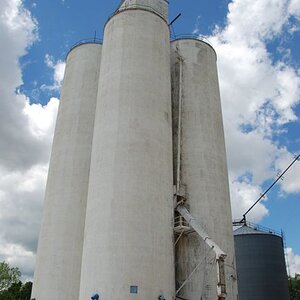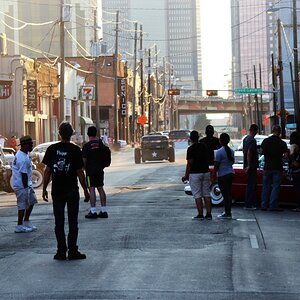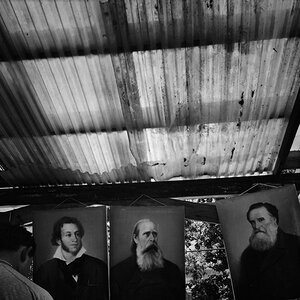Flower Child
TPF Noob!
- Joined
- Oct 19, 2008
- Messages
- 778
- Reaction score
- 4
- Location
- Southeastern Kansas
- Can others edit my Photos
- Photos OK to edit
I found this a very interesting topic because I had recently posted a photo with this background information:
"Prevent Bloody Revolution! Patriots Arm Thyselves!
With Truth and Resolve! Fascists Rule the Land!
In this old school house near Camp 42 in the southeast corner of Kansas lived a very interesting man who was a political extremist and proud member the NRA. He always wore a pistol in plain sight in the top pocket of his overalls and kept his political whirlygig spinning in his front yard throughout his life"
I personally thought this background information was benefiting the viewers to know the history behind the house. I felt that the information gave the school house significance and intensified the atmosphere of the photo.
Another member, c.cloudwalker brought up an excellent point that made me think differently about it. His words:
What do you guys think? Do you think too much information can ruin the mystery of the photo? Or do you think that the information can make the photo what it is?
"Prevent Bloody Revolution! Patriots Arm Thyselves!
With Truth and Resolve! Fascists Rule the Land!
In this old school house near Camp 42 in the southeast corner of Kansas lived a very interesting man who was a political extremist and proud member the NRA. He always wore a pistol in plain sight in the top pocket of his overalls and kept his political whirlygig spinning in his front yard throughout his life"
I personally thought this background information was benefiting the viewers to know the history behind the house. I felt that the information gave the school house significance and intensified the atmosphere of the photo.
Another member, c.cloudwalker brought up an excellent point that made me think differently about it. His words:
Photos are supposed to stand on their own. This is a perfect case of how the photographer, once he/she has taken the photo should just stand back and let people get whatever they want out of it.
What do you guys think? Do you think too much information can ruin the mystery of the photo? Or do you think that the information can make the photo what it is?




